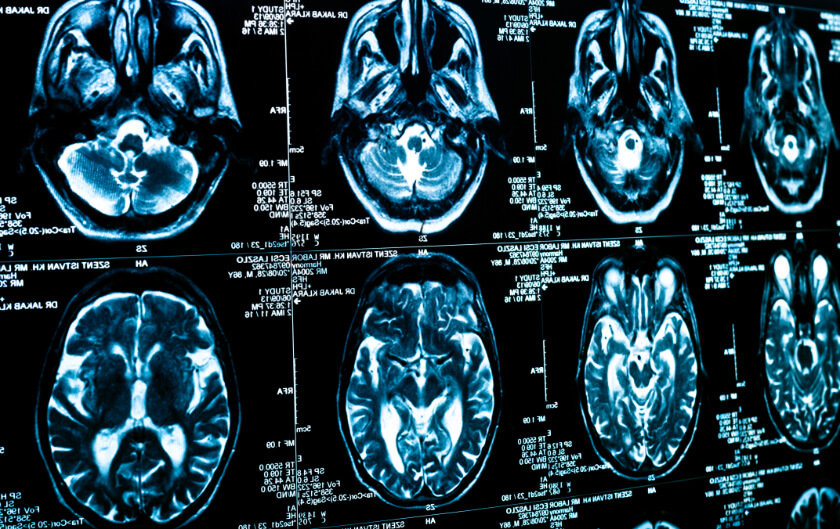
Low-Dose CT Screening for Lung Cancer Benefits People Who Have Never Smoked

Doctors often recommend low-dose computed tomography (LDCT) screening for lung cancer for patients who have smoked at some point in their lifetime. Now the results of a new study suggest that LDCT screening are beneficial for people who have never smoked.
About LDCTs
LDCT scans the patient’s chest to create images of the lungs. Doctors scan the images to look for changes in lung tissue that may indicate lung cancer.
A computed tomography (CT) scan is a special type of x-ray that takes multiple pictures of specific tissues and organs inside a patient’s body. A computer then combines the pictures to create a 3-dimensional image of the organs or tissues. Doctors examine the 3D images and look for abnormalities that might indicate an existing disease. In some cases, CT is an effective screening tool that reveals signs that a patient is at high risk for developing a specific disease someday.
Like x-rays, CTs use small doses of radiation to create the images. Low-dose CTs are a specific type of computed tomography scan that uses up to 90 percent less radiation than a standard CT scan, yet LDCTs are accurate enough to help doctors detect a wide variety of abnormal changes. The low doses of radiation and high accuracy make LDCT an effective screening technique for many conditions, including lung cancer.
As with other types of cancer, lung cancer responds to treatment better in its earliest stages, before the cancer cells have spread to the rest of the body. Screening tests, such as LDCT, allows doctors to see abnormalities that suggest a patient is at a high risk for developing lung cancer; this can give patients time to make the necessary lifestyle changes to lower their risks.
A number of studies, such as the NELSON Trial and National Lung Cancer Screening Trial (NLCST), demonstrate LDCT’s effectiveness as a screening tool for lung cancer. NLCST compared LDCT and standard x-rays for the detection of lung cancer. Researchers in that study found that participants who underwent LDCT scans for lung cancer had a 15 to 20 percent lower risk of dying from the disease than did those who received regular chest X-rays. The results of the NELSON Trial showed that CT scanning decreased mortality up to 61 percent in high-risk women and by 26 percent in high-risk men over a 10-year period.
Those existing studies demonstrated LDCT’s effectiveness in finding lung cancer in people who had smoked – the new research shows that LDCT can benefit people who have never smoked.
The researchers presented their findings at the International Association for the Study of Lung Cancer 2021 World Conference, held at the beginning of February. The team of scientists presented data that showed LDCT screening could identify the presence of lung cancer in people who have never smoked cigarettes or other types of tobacco, but who still have a high risk for the disease.
This distinction is important because up to 20 percent of all people who die from lung cancer have never smoked or used any other form of tobacco. In fact, lung cancer in “never-smokers” is one of the deadliest cancers in the United States. Many “never-smokers” who get lung cancer have no known risk factors, so they may not get the screening they need to detect lung cancer early, while it is responsive to treatment.
The research shows that this type of screening in a never-smoker with high risk may be a feasible, important tool. The study also showed that family history of lung cancer might increase the risk of the disease.
Study Looks at LDCT in Never-Smokers
Between February 2015 and July 2019, the researchers enrolled 12,011 participants into the Taiwan Lung Cancer Screening in Never‐smoker Trial. The participants were between the ages of 55 and 75, and had at least one risk factor for lung cancer, including family history of lung cancer, passive smoking exposure, and history of lung disease, such as tuberculosis (TB) or chronic obstructive pulmonary disease (COPD), and cooking in poorly ventilated areas. About half of the participants had a family history of lung cancer.
The researchers performed LDCT on the participants; 17 percent were positive, which means the LDCT showed abnormalities that suggested lung cancer. Just over 3 percent of the patients with positive results ended up undergoing surgery or a lung biopsy, which is a procedure in which a surgeon removes a small bit of lung tissue for examination under a microscope. Overall, 2.6 percent of the participants received a diagnosis of lung cancer. LDCT caught the lung cancer in its earliest stages for 96.5 percent of those who received a lung cancer diagnosis. The others received a diagnosis of a different type of cancer or benign (not harmful) lung disease.
The results of the study also revealed that lung cancer was more common in never-smokers with a family history of the disease, and that the risk for lung cancer went higher with every immediate family member diagnosed with lung cancer. Specifically, LDCT revealed lung cancer in 2 percent of never-smoker participants with no family members with cancer, while LDCT showed signs of lung cancer in 9.1 percent of those never-smokers who had four family members with the disease.
For more information on low-dose CT scanning benefits for people who have never smoked, consult with your doctor or CT professional.




